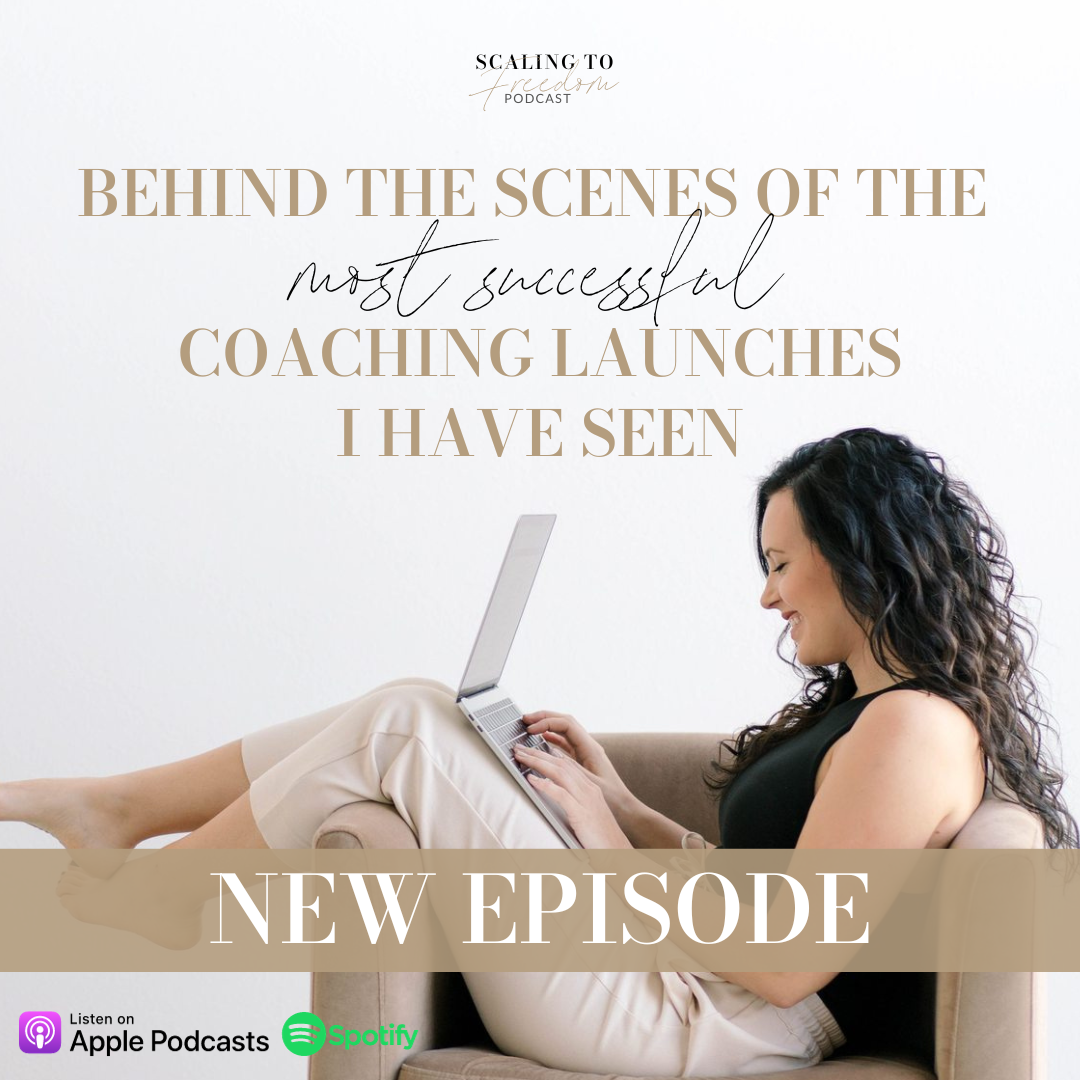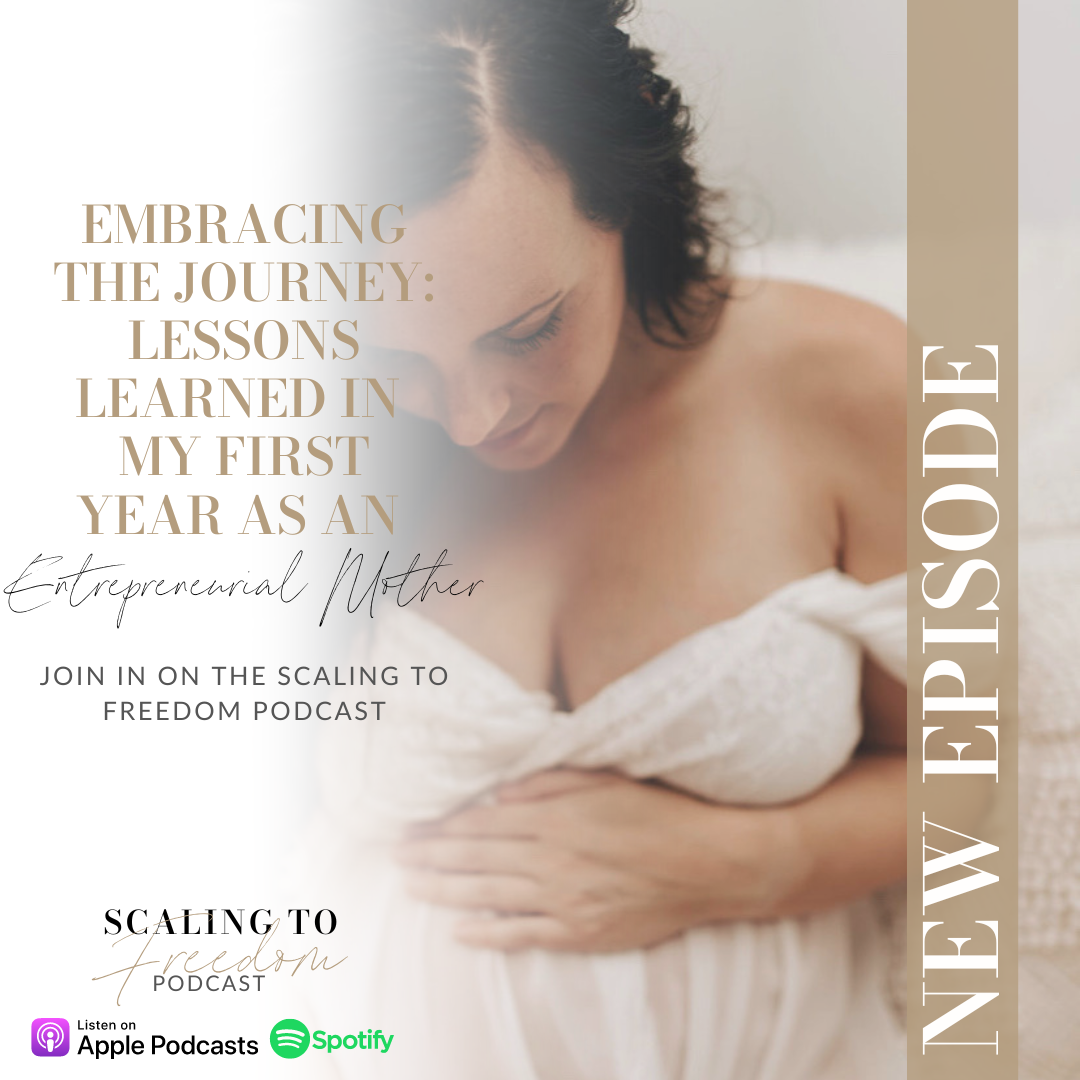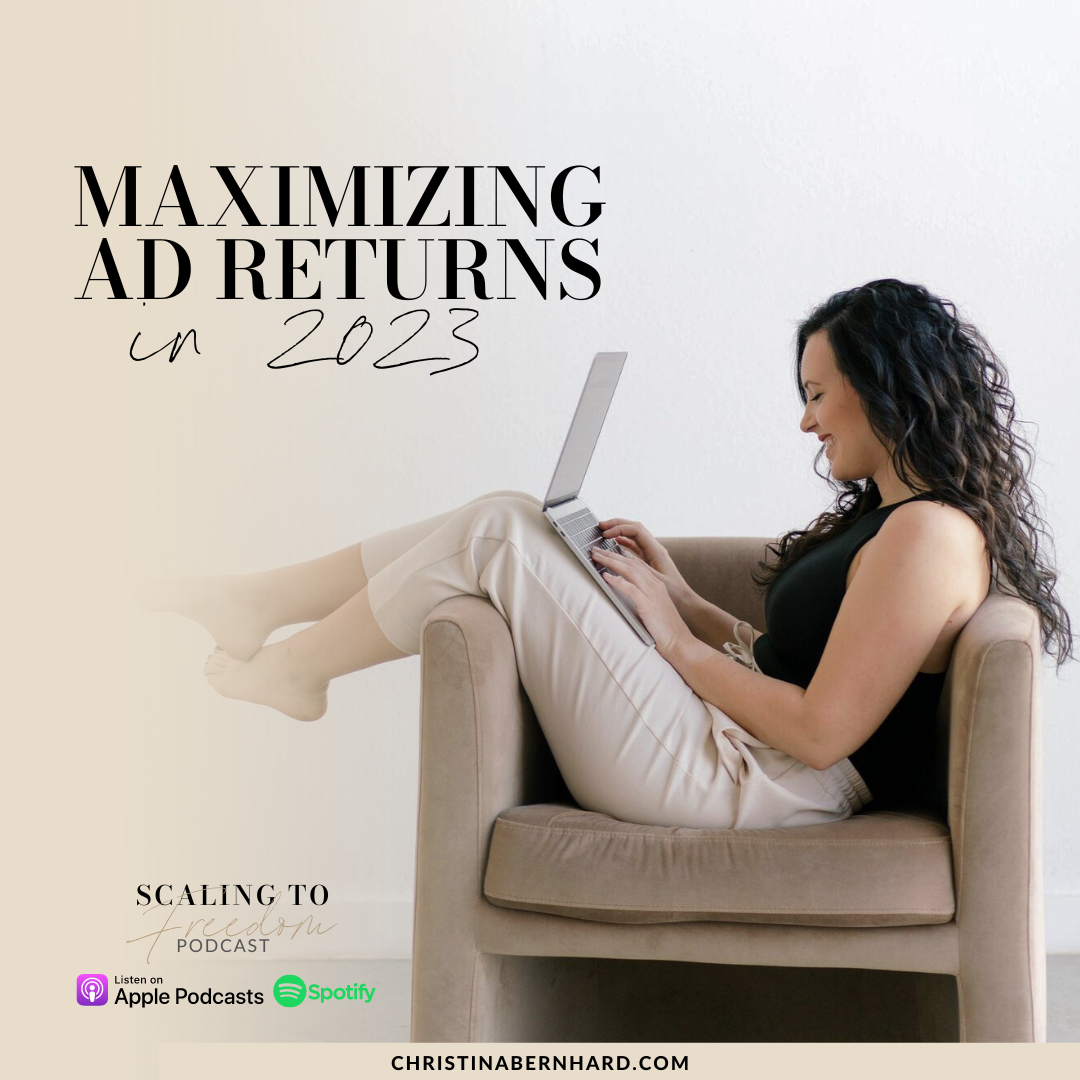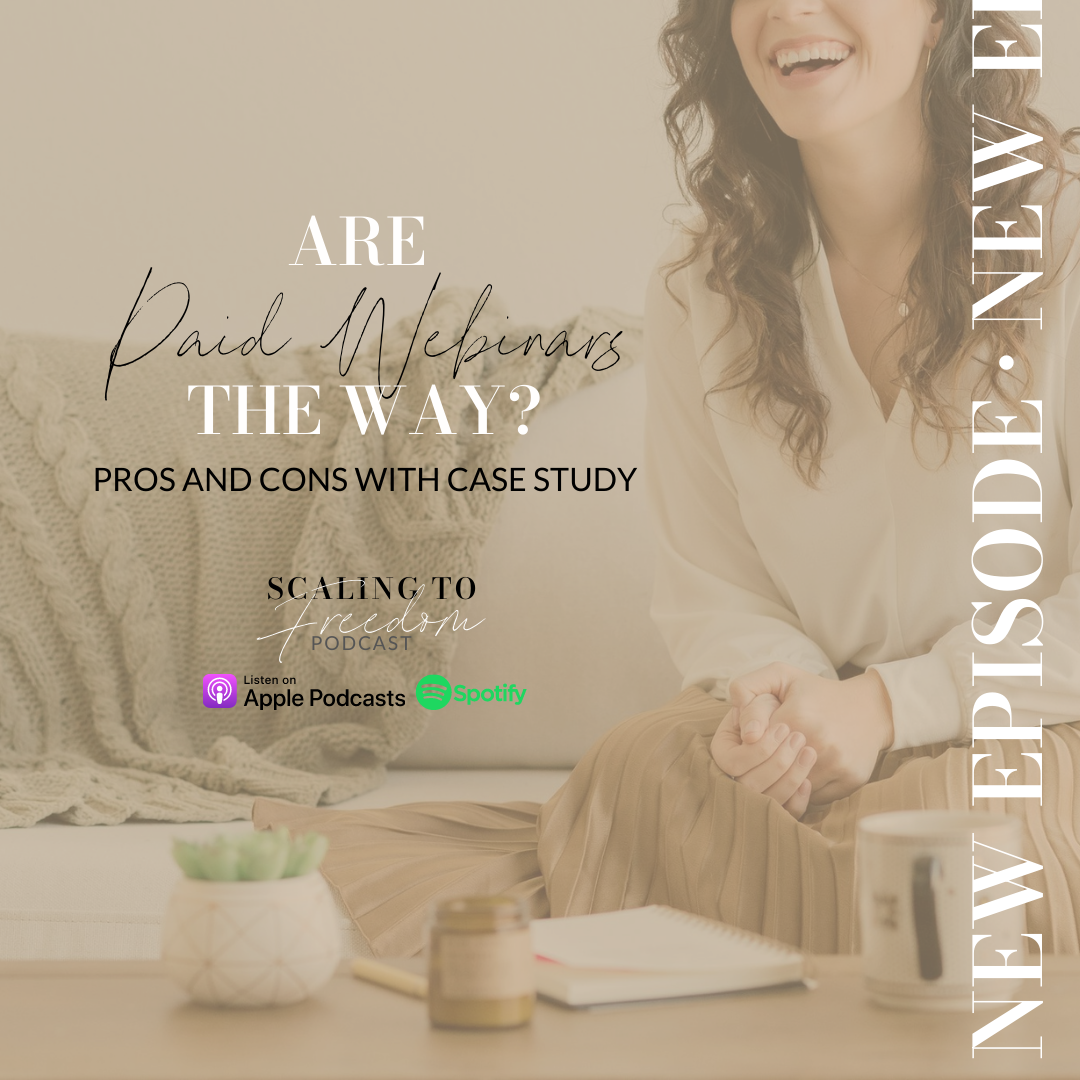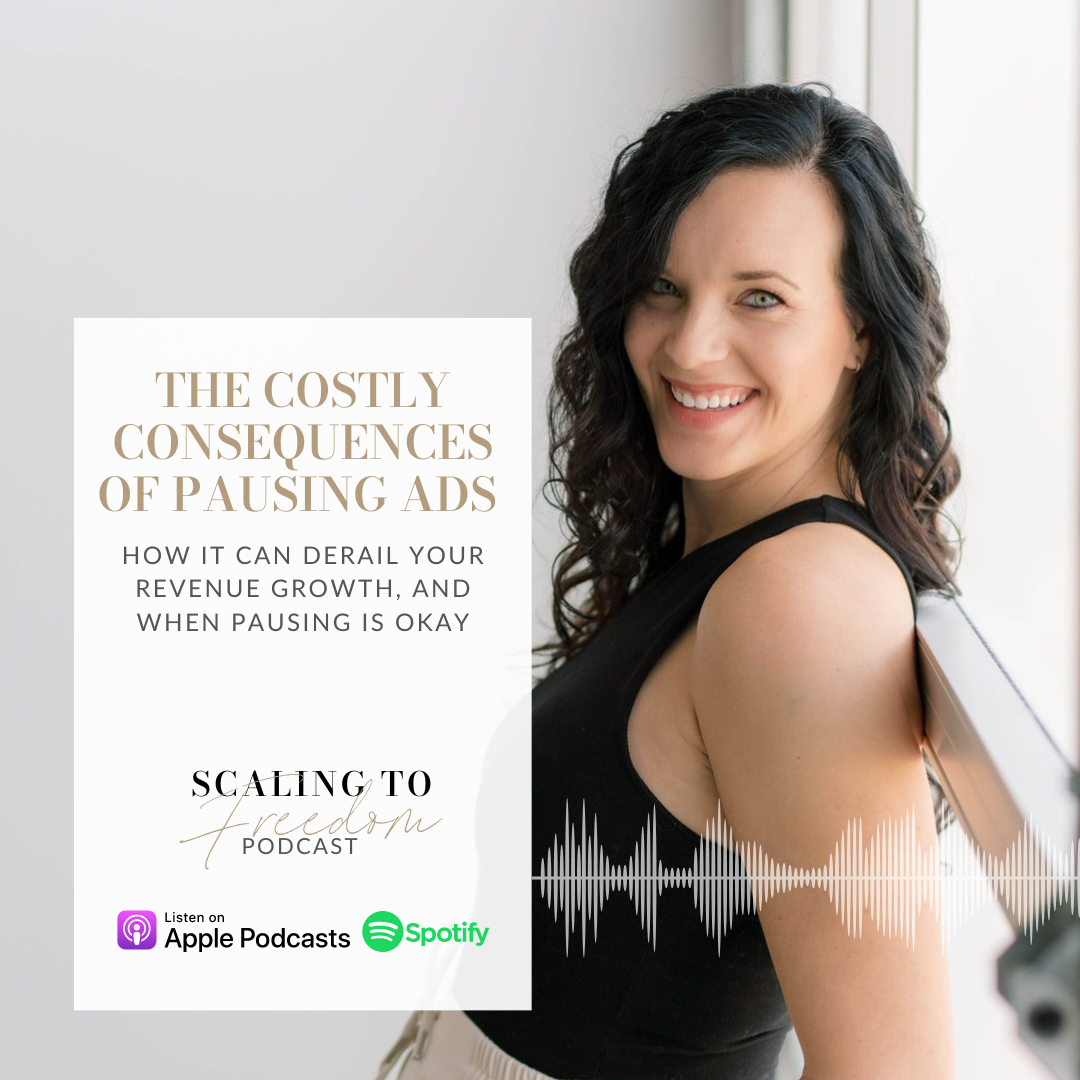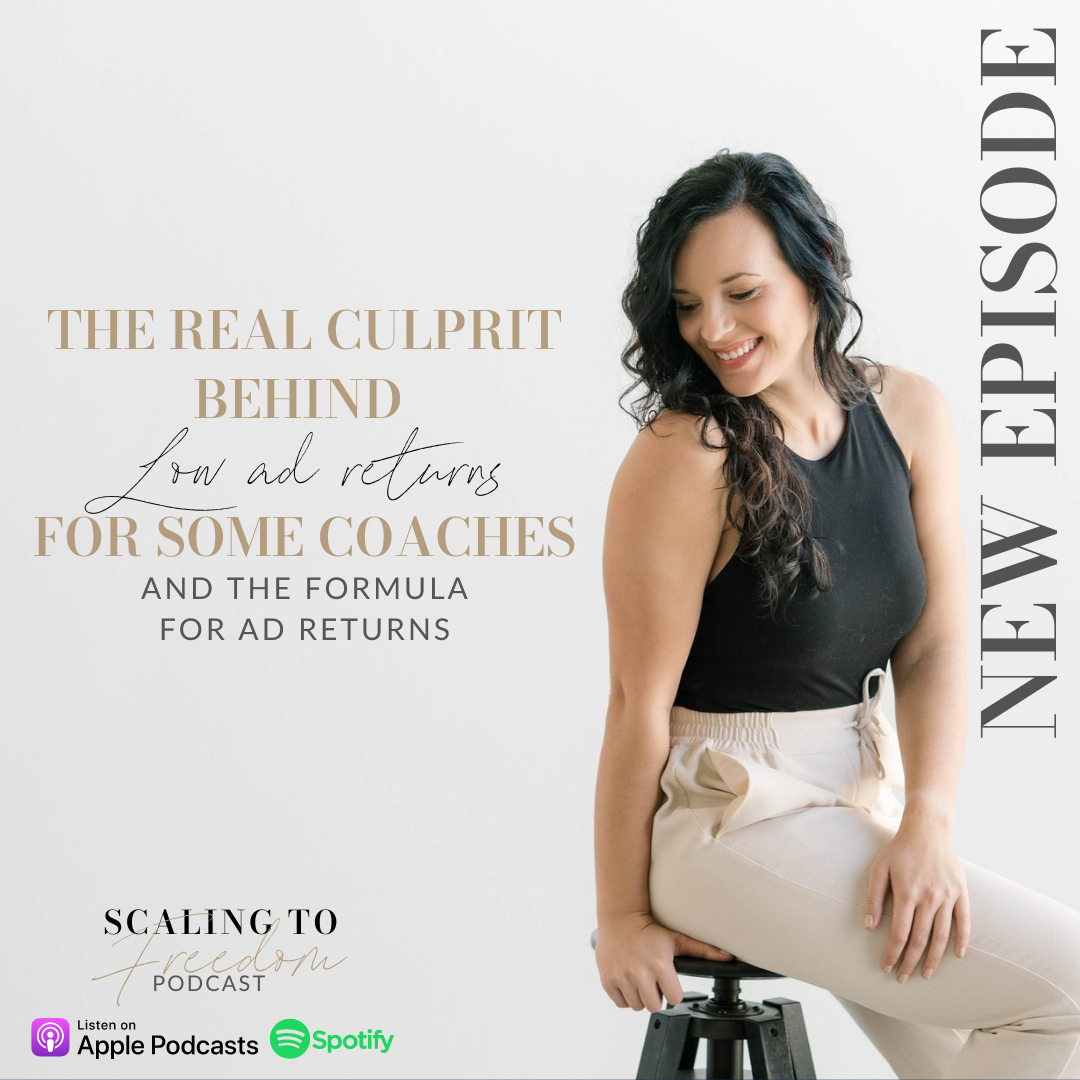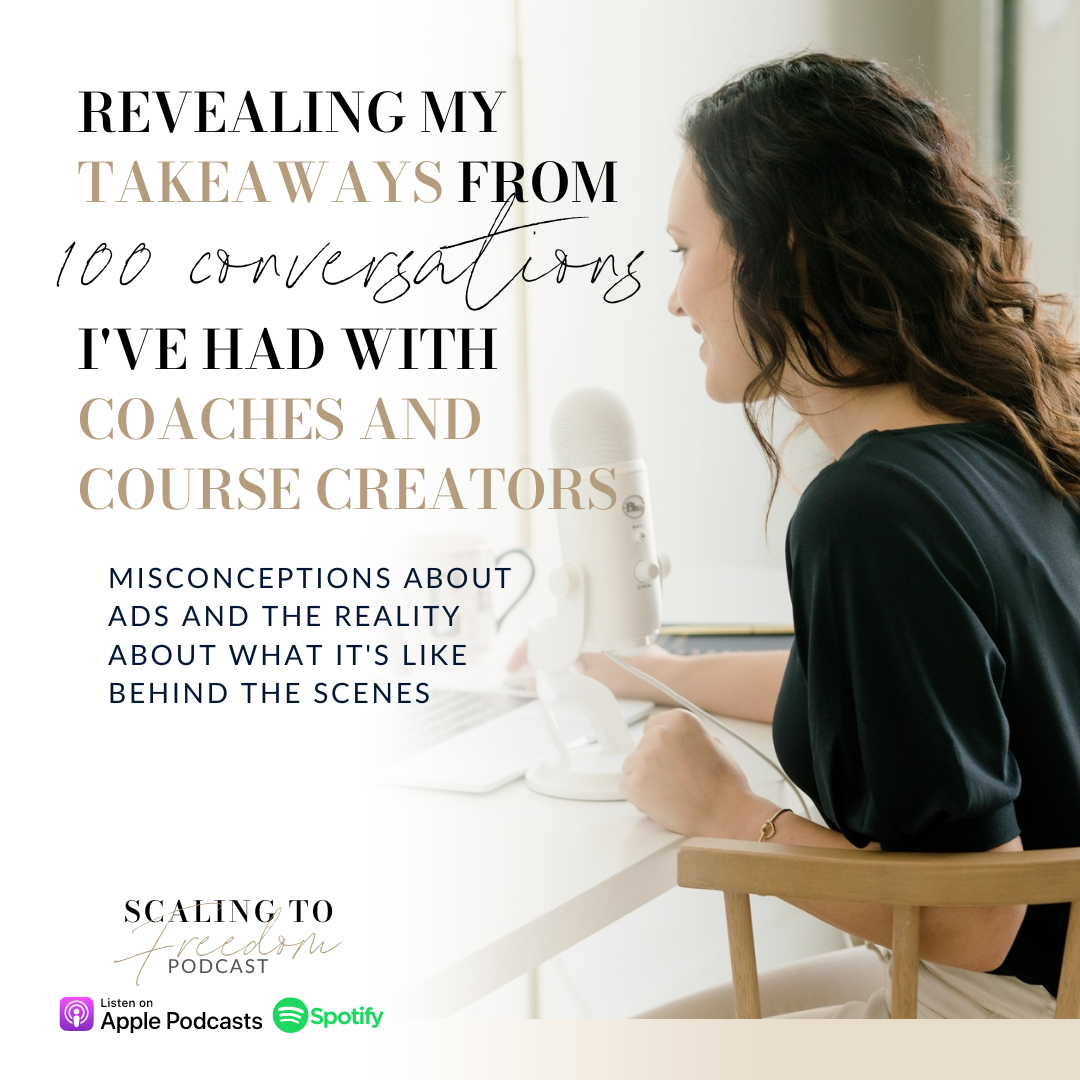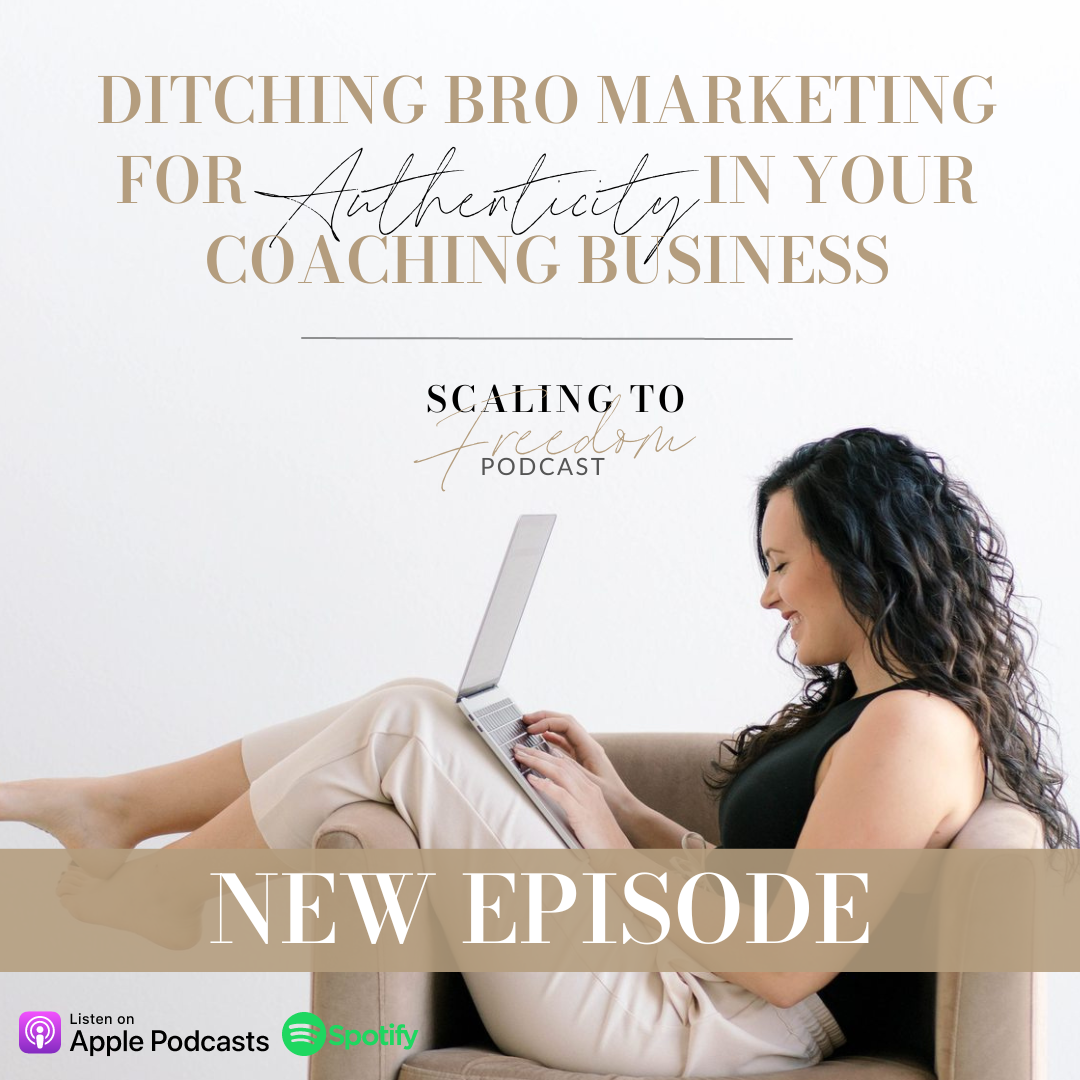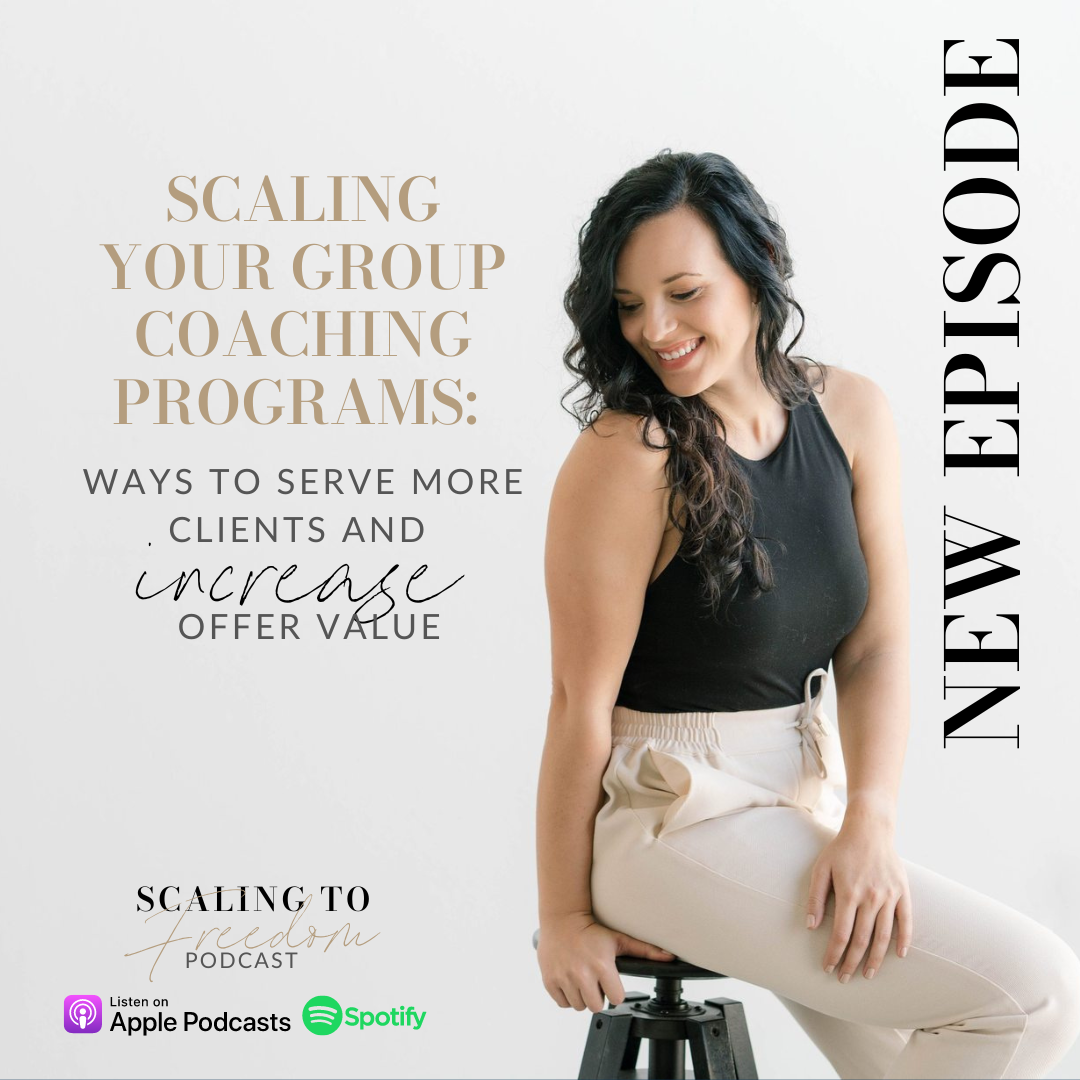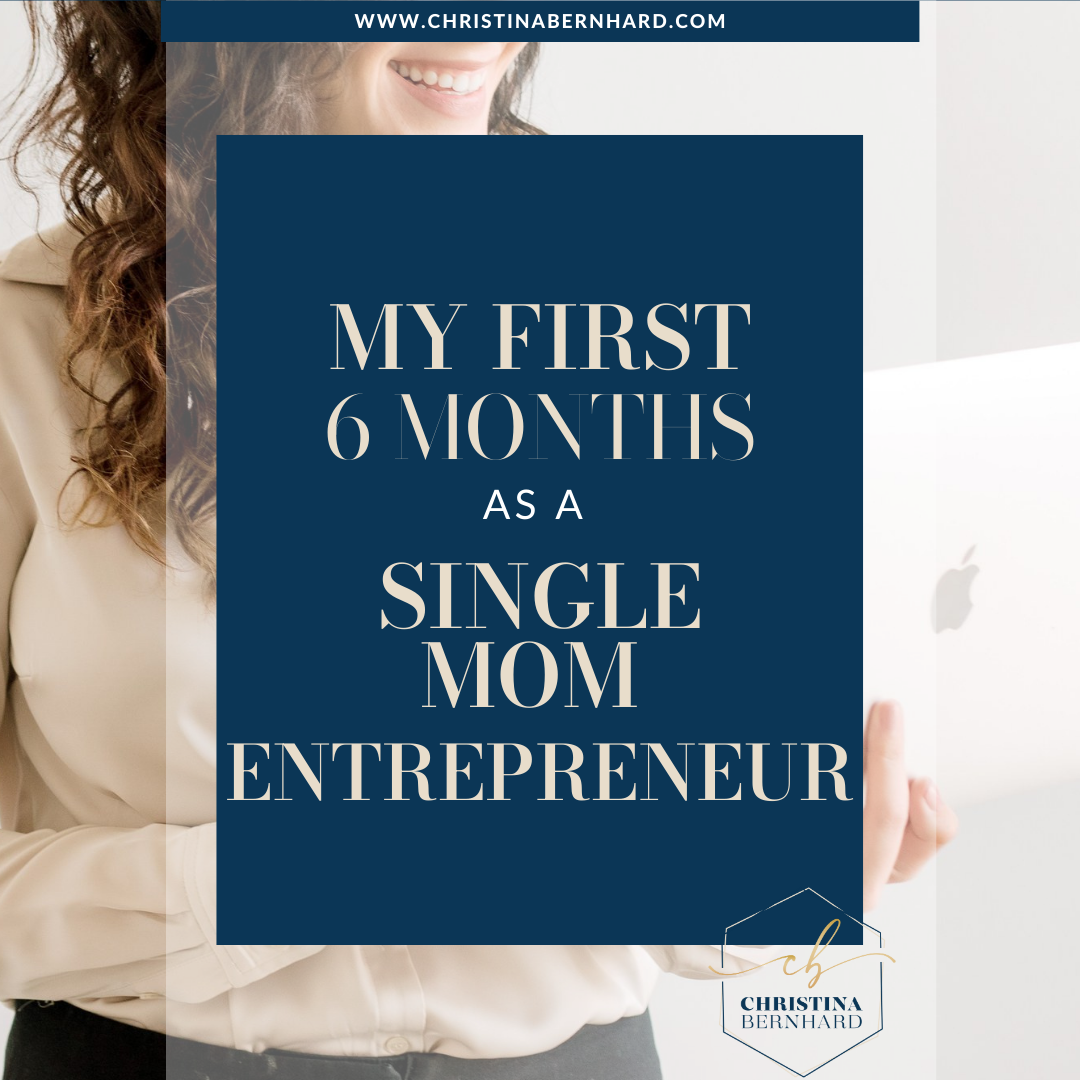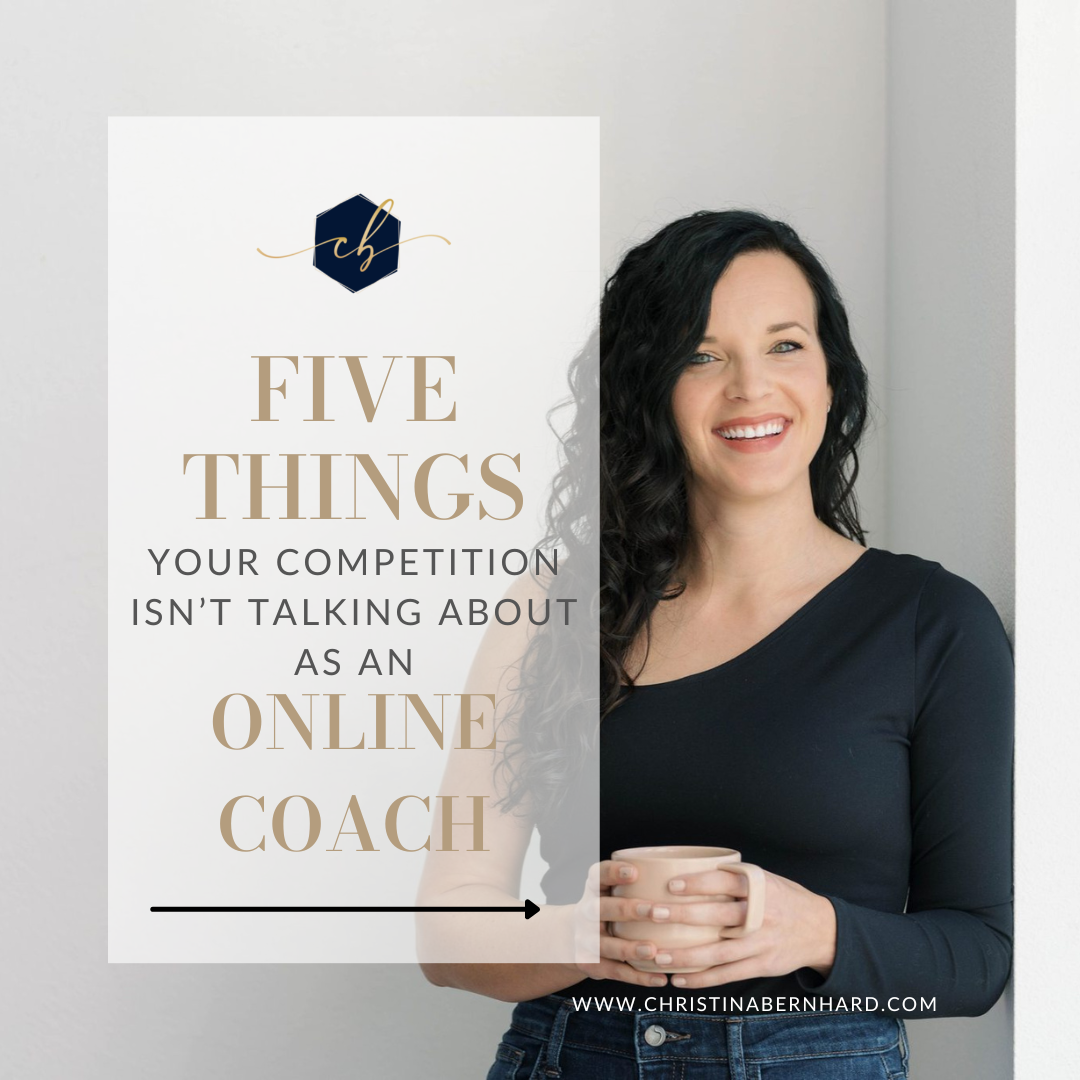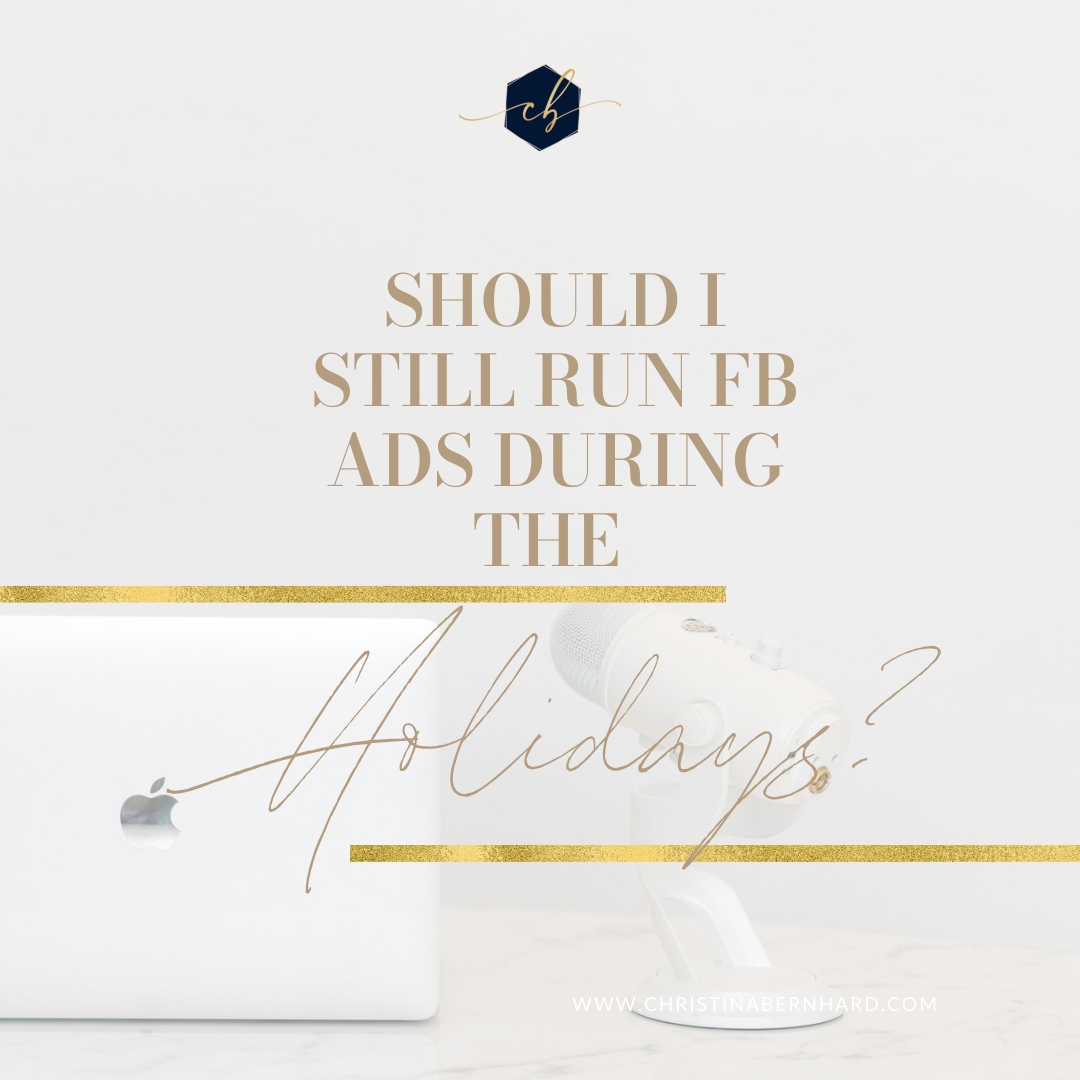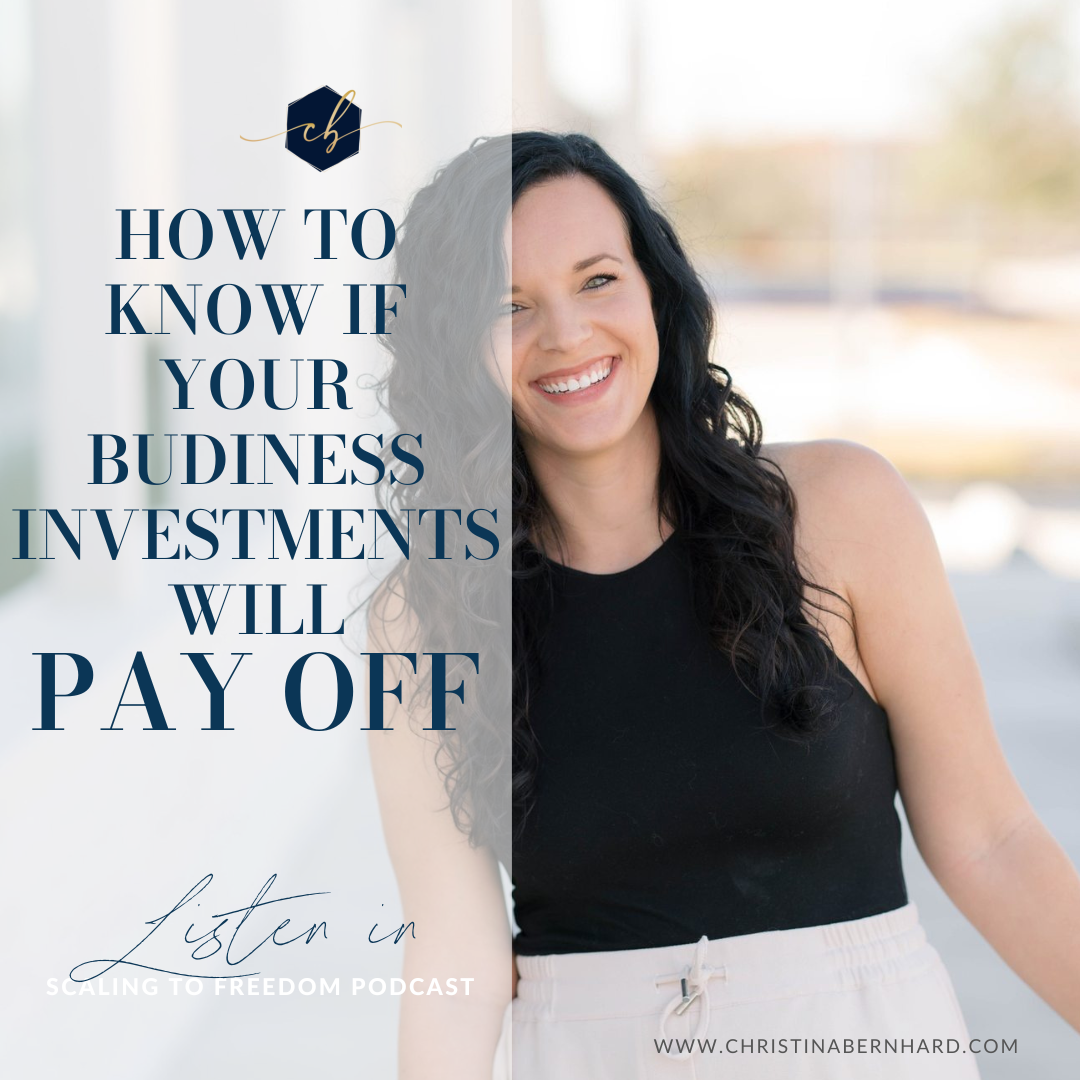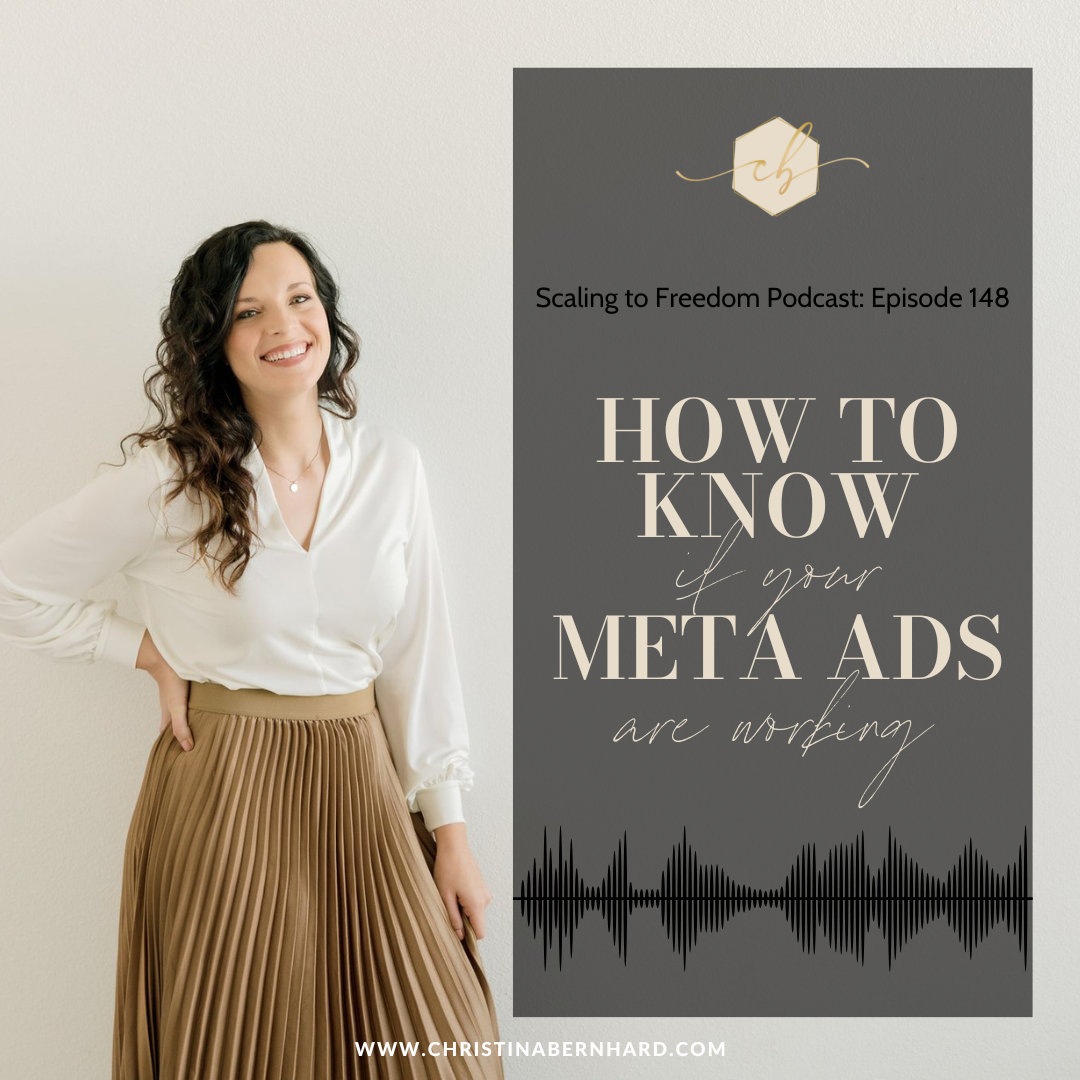Building successful Facebook Ad audience for beginners

Find out how to build your Facebook Ad audience and what you might be doing wrong
So, you’re ready to start trying some Facebook ads to grow your wellness business. Maybe you are starting with some brand awareness or pushing your lead magnet. Whichever it is, you’ve made an excellent choice. I’m a big fan of Facebook ads once you know what you are doing. When they don’t work, it tends to only take a few adjustments and you’re in the game.
There are many pieces to what makes a Facebook Ad successful. When you’re building a campaign, there are a lot of pieces you could get wrong. One very important piece is who you are targeting. No matter how good your ad is, it won’t matter if it’s not in front of the right people. A 60-year-old man won’t care very much for your all-natural eyeshadow, so you have to get this right before you waste a lot of time and money.
You’ll need to break a few things down. We’ll discuss your goal for the ad and your vision. We will talk about user personas and how we can apply that to our targeting strategy and break down each option Facebook gives us to piece together a customized, targeted audience.
If you have already done this and are still having trouble, scroll down for some Facebook Ad audience troubleshooting tips!
Finding your Facebook Ad audience for your wellness business
What is your goal for your wellness ad?
Before you begin building a Facebook Ad audience, you need to know what your goal is. Are you trying to create brand awareness? Make a sale? Build your email list? This plays a huge role in what your audience will be. Like anything in marketing, this is where you always start to have a solid vision of where you’re going and what you want out of your efforts.
Who are you looking for?
Once you know your goal, you will have a better idea of who you are looking for. You have to determine which part of the sales funnel your target audience is.
There are four pieces to the sales funnel. Use the graphic below to choose which category your audience would fall into for this particular ad.

Sales funnel to Facebook ad audience strategy breakdown
4. Prospects – Awareness: The goals for these ads will be more about brand or problem awareness. If your ad is directed towards people in this part of the funnel, you will need to educate them in your ad. It is best to educate them about a problem they are having they might not be aware is a problem.
3. Contacts – Interest: These people now know they have a problem they may need your services for. Hopefully, they have added themselves to your mailing list.
3. Leads: To target this audience, you will have to educate them on a solution to a problem they know they have.
2. Finalists – Decision time: Since these people are aware of their problem and solutions, you will need to show them why they need YOUR product or service as their solution.
1. Sales – Action: These people are ready to take action. This is where you lead them straight to a sale.
Create a user persona
Now that you have an idea of who you are looking to reach with this particular ad, it is time to create a user persona. You want to be as detailed as possible on who your ideal customer or client would be. Most wellness businesses would require a B2C persona. For B2C personas, we want to get to know the following:
- Gender
- Age
- Work
- Family
- Education
- And more.
To learn all the pieces to a B2C user persona, you can download my free guide to build your own to get started. Once you have built the user persona, you can use this as a guide to your Facebook ad targeting.
Check out my FREE user persona worksheet
Facebook Ad targeting breakdown:
Custom audiences
Custom audiences are audiences you can build with your own data. This is a great way to target people who have been to a specific page on your website or customers and clients you currently have in your CRM.
- Website visitors: People who have visited your website. Facebook will know this from the data collected by your Facebook pixel.
- Page visitors: People who have visited a specific page on your website. This can be anything from reading a specific blog to a thank you page after a sale for a specific product or service has been made.
- Current customers: People who are your current customers. You can give Facebook this information by uploading a file.
- Lookalike audiences: An audience Facebook creates that is most similar to an audience you have created. You can choose the degree of how similar you want the lookalike audience to be to help manipulate the size. This is a great way to reach more people that may be your target audience.

Details
- Location: People in a certain location. This can be addresses, streets, cities, DMAs, states, countries or continents.
- Age: People of certain age ranges. They go from 18 to 65+
- Gender: People of a certain gender. Male, female or all are offered.
- Language: People that speak a certain language based on the language they set up their facebook in.
Demographics – Detailed Targeting
This is where we begin to get really specific. You want to use your buyers persona for these details.
- Education
- Financial
- Home
- Life Events
- Parents
- Politics
- Relationship
- Work

Connection type
Narrowing down the connection type can really make a difference in your conversion rate. These people are often low-hanging fruit already interested in your product or service. You want to keep these people close to you to stay relevant, so it’s often a good idea to push ads to them.

Facebook ad audience troubleshooting
You don’t know all of the details of your user persona
Sometimes, you might not have figured out what political party your audience is. Or is there even a specific one? This is where you test. You will want to keep these pieces of Facebook Ad audience targeting broad. Later, you can go look at your audience insights and get a better picture of who is responding to your ads.
You’ve already tried all of this
Sometimes it takes awhile to figure out why a Facebook Ad isn’t working if you’re new at it. If you feel like you have tried everything with the audience, there is a good chance you actually haven’t. It may be time to go back to the drawing board to recreate your user persona. If the targeting still isn’t working, there are many other factors outside of your targeting that could be the issue.
Your ads are experiencing audience overlap
Audience overlap is a very common mistake. This is when you create multiple ad sets that are too similar to each other. When this happens, your ads attached to the two ad sets are competing against each other – and not in a good way. This will raise your cost and lower your results. You want to make sure your ad sets are different enough to avoid audience overlap.
To fix this, you can exclude certain targeting in one of the ad sets to cancel out who is being targeted in your other ad set. You could also see if there is value in keeping them seperate. If there isn’t a good reason to keep them seperate, combining them into one ad set will take care of audience overlap.
It’s time to put it to the test
Once you have a user person and a plan for your Facebook ad audience, it’s time to implement! Facebook ads take some time and practice to get good at, so don’t give up. The key is testing and seeing what works for your ad. If you’re still struggling, there are many different pieces to a Facebook ad that could cause poor performance. It’s important to test each of these all the way from the campaign objective to the graphic. More resources to help are to come!!
Leave a Reply Cancel reply
Christina Bernhard, LLC © 2024 | Privacy Policy and Terms |
FOLLOW
ALONG!
@CHRISTINABERNHARD
BACK TO THE TOP➝
website by hey pippa



